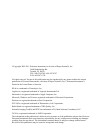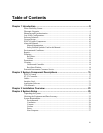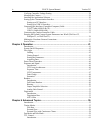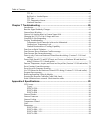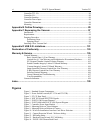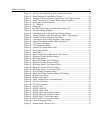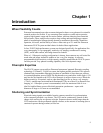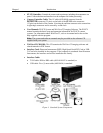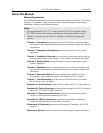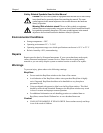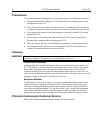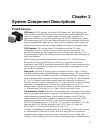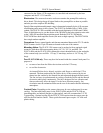
9
Chapter 1
Introduction
When Flexibility Counts
Princeton Instruments knows that a camera designed to detect x-ray photons for scientific
research needs to be flexible. X-ray scattering from complex crystals such as proteins
requires high dynamic range and low-noise readout, whereas scattering from materials
like polymers, fibers, and powders requires deep cooling and rapid imaging to capture
phase or morphological changes during thermal or mechanical processing. Shutterless
operation, low noise, and the ability to select a fiber ratio up to 5:1 make the Princeton
Instruments PI·SCX system an ideal choice for both of these applications.
In fact, PI-SCX high-performance systems are designed specifically for applications like
x-ray tomography, x-ray topography, medical x-ray imaging, nondestructive testing
(NDT), streak tube readout, and image intensifier readout.
When a 1:1 fiberoptic-coupling configuration is chosen, these cameras are well suited for
streak tube and image intensifier readout or low x-ray flux imaging. A software-
programmable high-sensitivity or high-capacity amplifier means that the PI-SCX system
can also provide x-ray photon-counting capability with 16-bit dynamic range.
Fiberoptic Expertise
The PI-SCX camera system utilizes Princeton Instruments' patented fiberoptic-coupling
technology (US Patent 5,134,680) to ensure the highest possible resolution. This process
eliminates any intermediate fiberoptic faceplate or unreliable oil layer between surfaces.
An optional phosphor screen (GdOS:Tb) that absorbs x-rays and emits visible light (~550
nm) can also be coupled to the CCD with a fiberoptic in order to detect x-rays. When the
highest sensitivity is required, such as when detecting low flux or lower x-ray energies
(~5 keV), smaller taper ratios and back-illuminated CCDs are offered. For distortion-free
imaging, a 1:1 fiberoptic system is recommended, while for maximum field of view –
ideal for high-brilliance sources like third-generation synchrotrons – tapers with
diameters as large as 165 mm are recommended.
Shuttering and Synchronization
Electrical timing signals are available from the camera controller for synchronization
with a customer-provided x-ray shutter. The CCD can be continuously cleared of dark
charge while waiting for an exposure to begin. Exposures that are much longer than the
CCD readout time can be performed without a shutter, as the amount of smearing (due to
continued exposure during readout) will be low.




